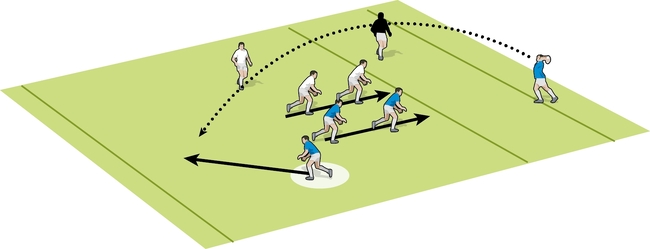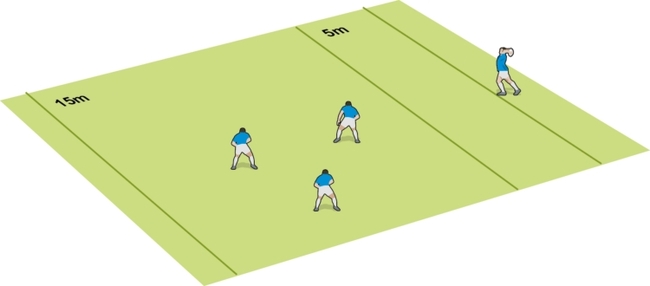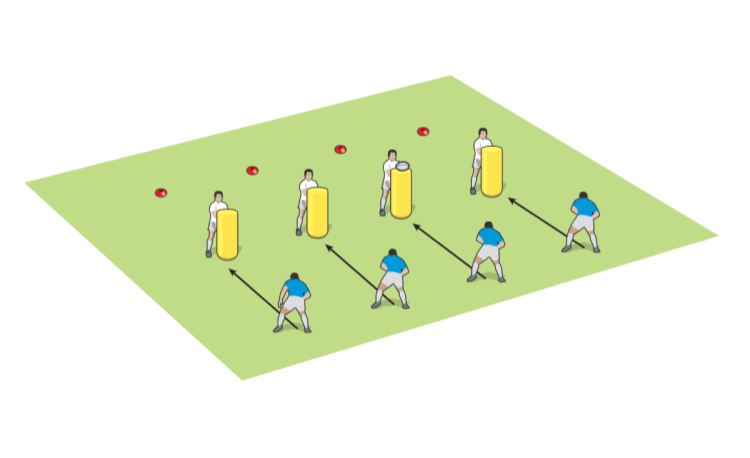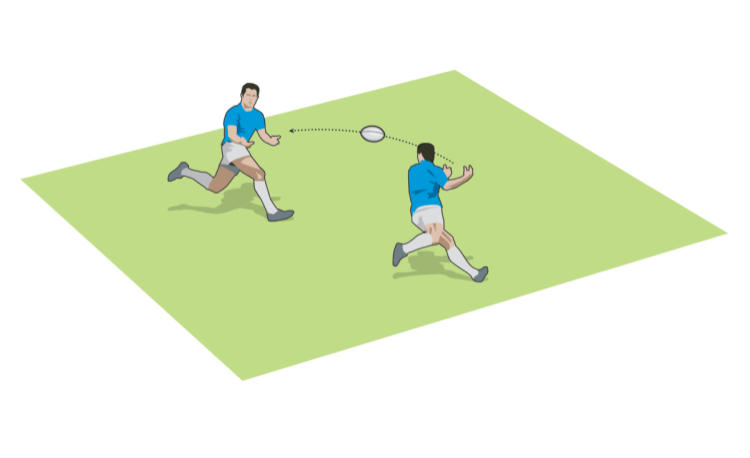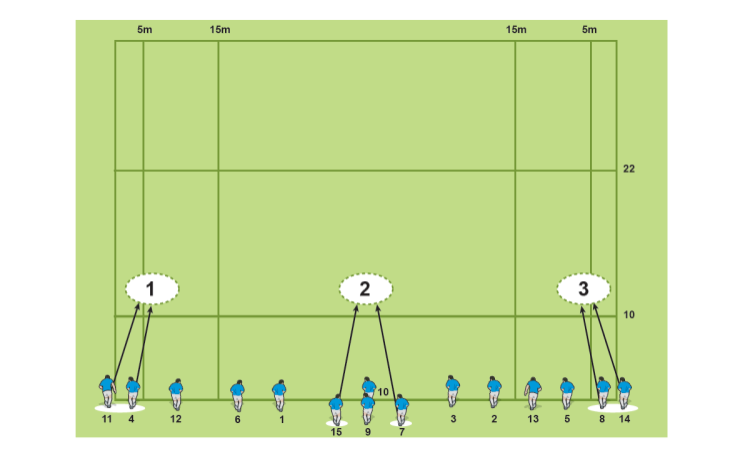You are viewing
1 of your 2 free articles
4 ways to win a lineout without jumping
What should you do if the opposition are just too good in the air? Or if you don’t have any jumpers? Instead of throwing the ball several feet above people’s heads, some ingenuity will be called for…
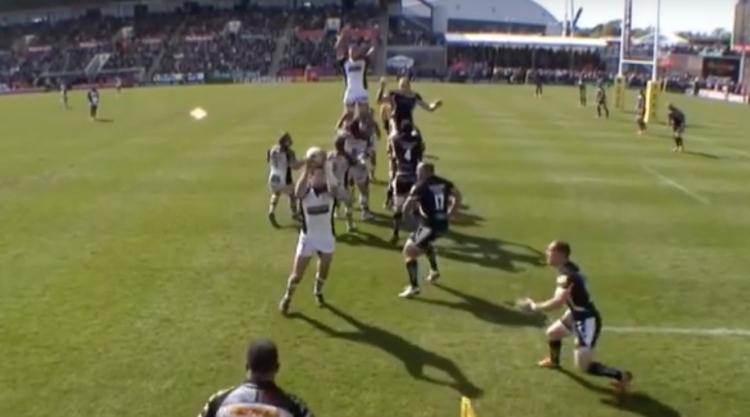
Arguably the oldest non-jump in the book – just throw the ball at chest height to the front player.
Another old ‘un. The rear lineout player runs back to take a long throw that goes beyond the end of the lineout.
But this option enables you to cross the gain line easily, and provides quick ball for a back-line attack with a simple offload to the 9 following around.
Alternatively, the long throw could be caught by a back who runs forward. For this the throw has to longer still, testing the thrower’s ability.
It’s risky but at defensive 5m lineouts the back line only has to cover half the distance of their opponents, and they can mitigate some of the risk by getting other backs to provide close support.
A variation on the front-man option. This time the second lineout player leans forward over the front crouched team-mate and catches the ball at chest to head height.
The reduced numbers creates space and means less chance of error as there are fewer things that must come together.

1 FRONT MAN
Arguably the oldest non-jump in the book – just throw the ball at chest height to the front player.
- Best used when the immediate opponent isn’t facing the thrower.
- To add to the subterfuge, the catcher should face away from the thrower initially, then turn to take the catch.
- Use movement in the lineout to create space near the 5m line. The fewer opponents to disrupt the move, the better.
- The ball still has to be thrown in straight and travel 5m.
2 REAR MAN/LONG THROW
Another old ‘un. The rear lineout player runs back to take a long throw that goes beyond the end of the lineout.
- Use movement in the lineout to try to lose the last defender.
- Lineout “dancing” could send a mid-line player running past the end man, so he himself can run onto the long throw.
- Throwers need to be able to throw the distance and straight.
But this option enables you to cross the gain line easily, and provides quick ball for a back-line attack with a simple offload to the 9 following around.
Alternatively, the long throw could be caught by a back who runs forward. For this the throw has to longer still, testing the thrower’s ability.
It’s risky but at defensive 5m lineouts the back line only has to cover half the distance of their opponents, and they can mitigate some of the risk by getting other backs to provide close support.
3 LEAN FORWARD
A variation on the front-man option. This time the second lineout player leans forward over the front crouched team-mate and catches the ball at chest to head height.
- Trick opponents into jumping to make this an easy win. Do everything to jump except actually leave the ground and just lean forward.
- The hooker’s throw must still be straight and travel 5m.
4 TWO-MAN LINEOUT
The reduced numbers creates space and means less chance of error as there are fewer things that must come together.
- It relies on speed so that the opposition have no time to think or respond appropriately.
- Either a lineout player or the receiver (usually the 9) should be in space, depending on whether the opposition react to the movement.
- Opposition infringements will be easier for the referee to spot.
Related Files
Vol-2-Issue-063-RCW-4-ways-to-win-a-lineout-without-jumping.pdfPDF, 1.3 MB
Newsletter Sign Up
Coaches Testimonials

Gerald Kearney, Downtown Las Vegas Soccer Club

Paul Butler, Florida, USA

Rick Shields, Springboro, USA

Tony Green, Pierrefonds Titans, Quebec, Canada
Subscribe Today
Be a more effective, more successful rugby coach
In a recent survey 89% of subscribers said Rugby Coach Weekly makes them more confident, 91% said Rugby Coach Weekly makes them a more effective coach and 93% said Rugby Coach Weekly makes them more inspired.
Get Weekly Inspiration
All the latest techniques and approaches
Rugby Coach Weekly offers proven and easy to use rugby drills, coaching sessions, practice plans, small-sided games, warm-ups, training tips and advice.
We've been at the cutting edge of rugby coaching since we launched in 2005, creating resources for the grassroots youth coach, following best practice from around the world and insights from the professional game.
More from us
© 2023 Rugby Coach Weekly
Part of Green Star Media Ltd. Company number: 3008779
We use cookies so we can provide you with the best online experience. By continuing to browse this site you are agreeing to our use of cookies. Click on the banner to find out more.
